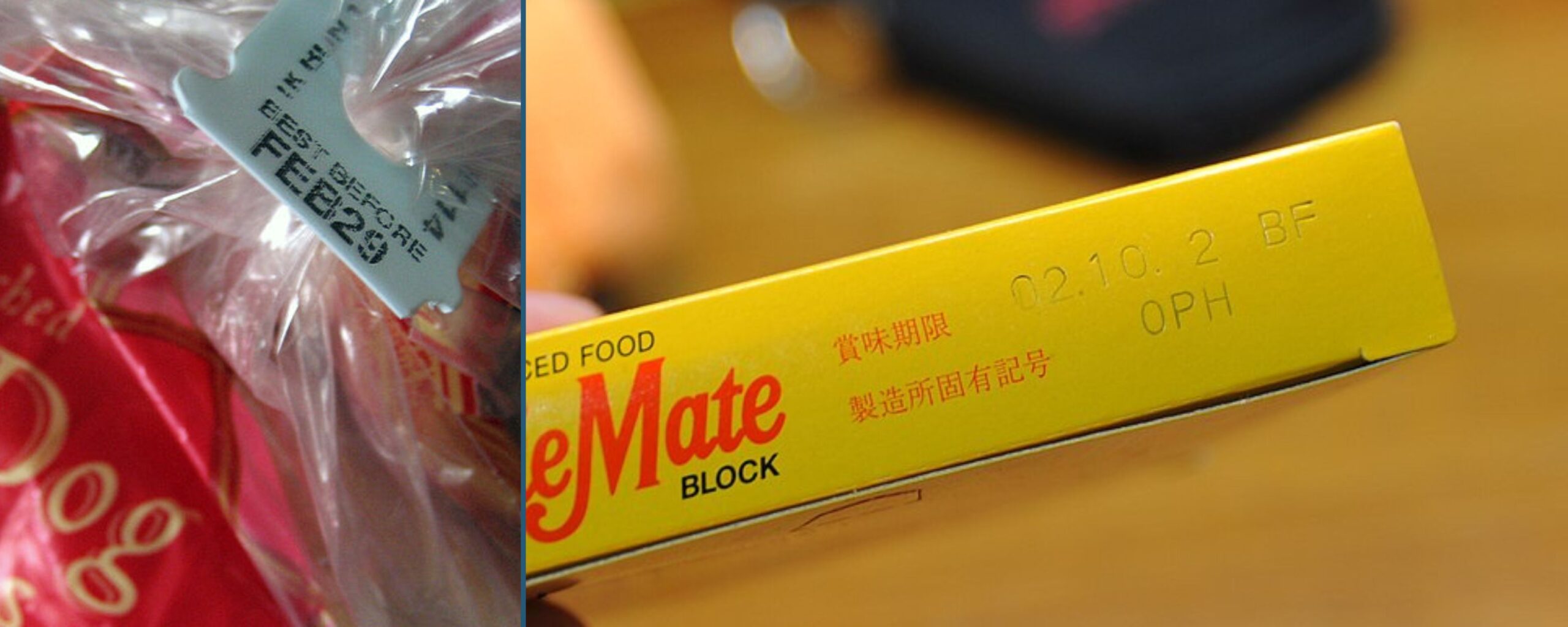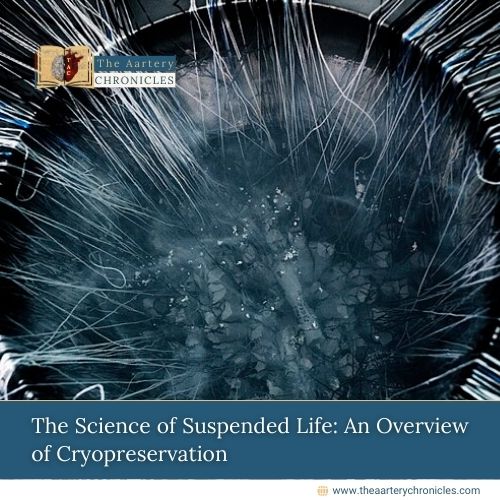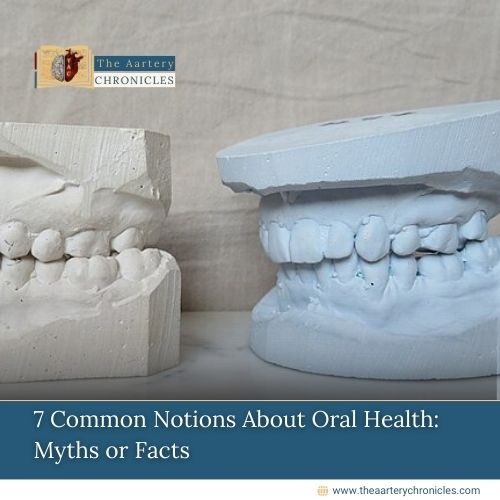

Product Dates Explained: What You Need to Know
Overview
Packaged food products, medicines, syrup bottles, and cosmetic products have become extremely user-friendly and convenient to carry anywhere we go. However, at the same time, it is crucial to understand what the product dating on these products says about their usage. There have been several cases of food poisoning, skin infections, and serious illness after using expired food products, cosmetics, and medicines.
Awareness is required when purchasing, consuming, and using any kind of product to ensure safety and avoid serious health consequences.
What is food product dating?
Produc dating is a system that helps understand the safety and freshness of the products. This involves several types of dates and numbers that are printed on the product packaging. These dates indicate how long the product can used or consumed.
There are mainly two types of product dating:
1. Open dating
Open dating is typically a calendar date. A retailer or a manufacturer assigns this date to the food products which helps consumers understand the projected period during which it will be of the best quality. It also indicates how long it should be displayed for sale. Open dating is mainly used for foods that are perishable such as poultry, eggs, dairy products, etc.
Examples of open dating include:
- Sell-by date: Sell-by dates are commonly used for the indication of the period for which a product can be displayed for sale. It is recommended to buy the product within this date however, it does not imply that the product is unsafe after the said date.
- Best if used by or before: This date informs about the period for which the product will be of the best flavor, taste, or quality and is not necessarily a safety date.
- Use by: Use by date is the last date suggested by the manufacturer for the product to be used as it is at its peak quality. Use use-by date is also not a safety date except for infant formula.
- Freeze by: Freeze by date suggests when the product must be frozen in order to maintain the best quality.
- Expiry date: Expiry date denotes the final time or last date for the consumption or usage of the product. The expiry date is a safety date after which the product may not be safe to use. Expiry dates are used for products such as infant formula or baby food, cosmetics, medications, and certain food products.

2. Closed or coded dating
Closed dating is more of a code rather than a date. Closed dating involves a series of letters and packing numbers used by the manufacturers. Closed or coded dating may be present on the products that are shelf-stable including canned foods, or boxed foods. These dates provide information about production and tracking and are not intended for consumer interpretation.
Shelf-life Vs. expiration date
Shelf life and expiry date are two primary concepts that are associated with the safety of food products however they have distinct purposes.
- Shelf life indicates the estimated period during which the product must be stored under advised settings and conditions to maintain its safety, flavor, and quality. The expiry date is a particular date after which the product must not be used or consumed.
- Shelf life implies the usability of the product before it begins to deteriorate. The expiration date is the end of the period during which the product is usable.
- Phrases such as ‘Period after opening’ or ‘Best before’ are used to mark shelf life.
- The expiration date is printed on the product packaging indicating safe usage and consumption.
Food Safety after expiration date
- Normally most food products remain safe past the expiration dates if stored under the recommended conditions and if they show no signs of spoilage.
- The product should be safe if stored anywhere below 40°F, it is important to check for other storage instructions and follow them.
- Food items can develop bad flavor, appearance, or odor in case of spoilage bacteria. If such signs are seen then the product must not be used for safety reasons.
- Mishandling food items can cause them to spoil and lead to foodborne illness before or after expiry dates. For example, if hot dogs are taken out to eat and left outside for several hours, they wouldn’t be safe to consume even though the date hasn’t expired.
- Some other examples of mishandling include contamination, improper sanitary practices, and defrosting at room temperatures for more than 1-2 hours.
Conclusion
Product dates are important and serve as crucial guidelines for usage, storage, and maintaining the wholesome quality of products. Checking and following these dates are important to avoid health consequences. Moreover it eating fresh food is a healthier choice rather than using packaged food items. Freshly prepared food can have several health benefits including high nutritional value, boosted energy levels, positive impact on mental health, and improved cognitive function.









